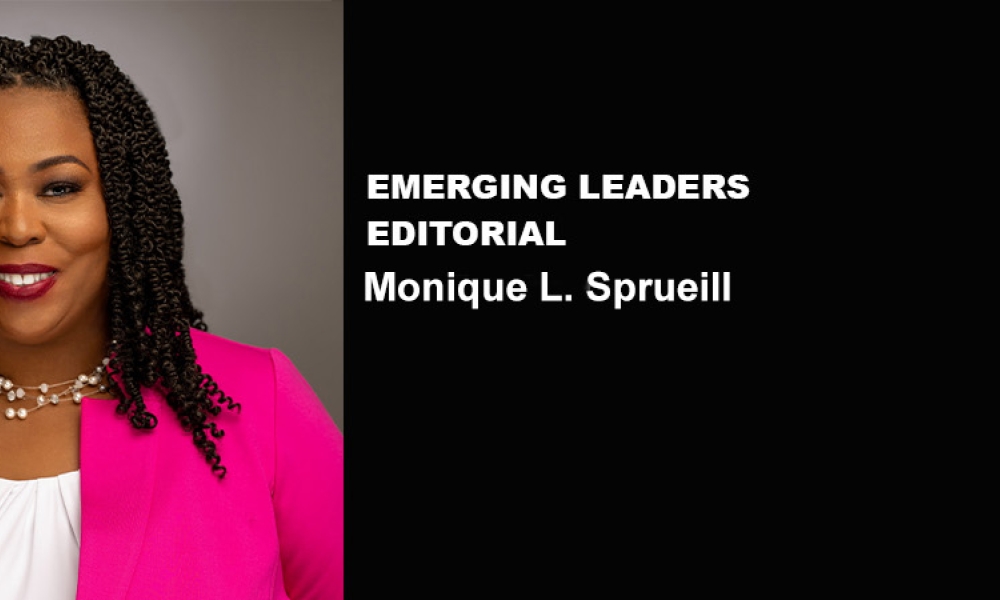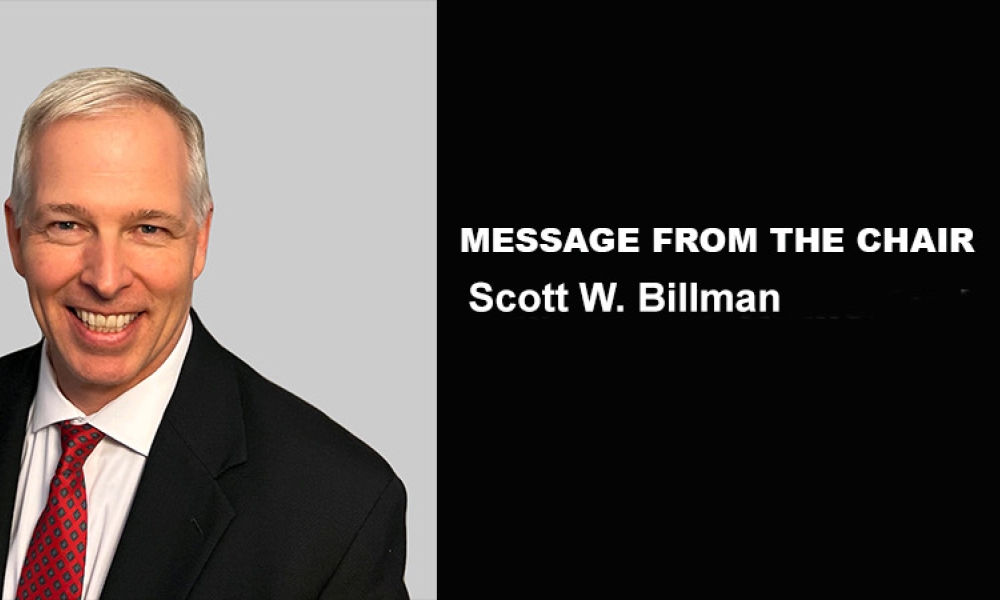This morning when I drove to a jobsite, I thought it was a weekend morning because of how few cars were on the road. So, I couldn’t help but wonder if the weekend started early or if that many people were working from home. With the pandemic, many workplaces realized that their employees can be productive at home, and maybe even more productive with a hybrid approach. My company’s engineering team now has specific days when folks work from home.
This out-of-the-box approach can be applied to how we support and promote talent, as well as what happens on the manufacturing floor. The way that we did things two years ago isn’t applicable anymore; if we try to live and work that way, we will have problems.
Impacts of Remote Life
On the other side, some aspects of our society that help build resilience have atrophied. Personal interaction is so important to how we solve problems, find enjoyment in our work, and grow. Our young people, and those new to the industry, have been more impacted in this area than many others. Young people tend to learn by osmosis, absorbing everything that is going on around them, even if they’re not directly involved in the conversation.
One of my mentors said that eavesdropping was a very important skill because you never know what you might learn: It is really just another part of situational awareness. Now that we are back in the office, at least part-time, I often put my phone on speaker so that the young person I am training can hear how different conversations go (especially ones with problem-solving and those that are more difficult). By doing this, they are getting better at understanding where they can add value to a conversation, or provide fuel for follow-up questions after the call. In turn, they have started this so that I can hear their conversations. This open communication is providing a valuable and real-time tool to learn best practices in conversation and problem-solving styles.
The pandemic has really forced all of us outside the box, and forced growth where many of us (people and companies) didn’t think growth was necessarily needed.
New Approaches, New Tools
The pandemic has really forced all of us outside the box, and forced growth where many of us (people and companies) didn’t think growth was necessarily needed. However, because we cannot do things the way we did before COVID-19, we need to create new ways of doing things, and new tools. Young people have a unique advantage in forging new pathways because they don’t have to live by being entrenched in “the way that we do things,” and they don’t know that something isn’t broken so doesn’t require fixing.
They are just asking “why” to learn and understand so they can find their place. This questioning is very valuable: we just need to listen and dig into it more. As established professionals and companies, how can we apply this style of thinking to how we run our businesses? Develop new therapies? Hire and foster talent and leadership? Does it make sense to include our younger team members in more strategy sessions, just so we can reinspire wonder or unpack unsolvable problems with a fresh eye?




